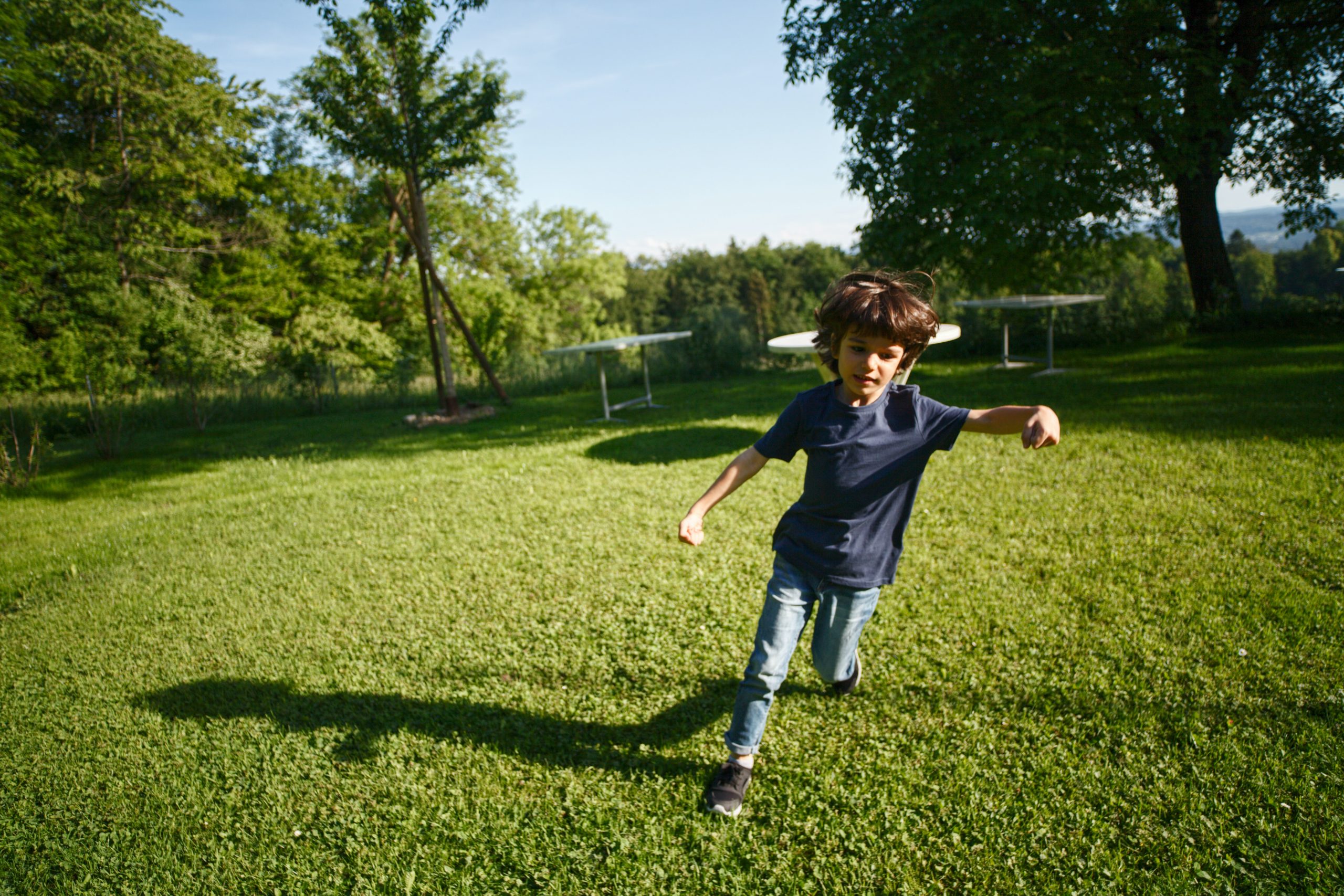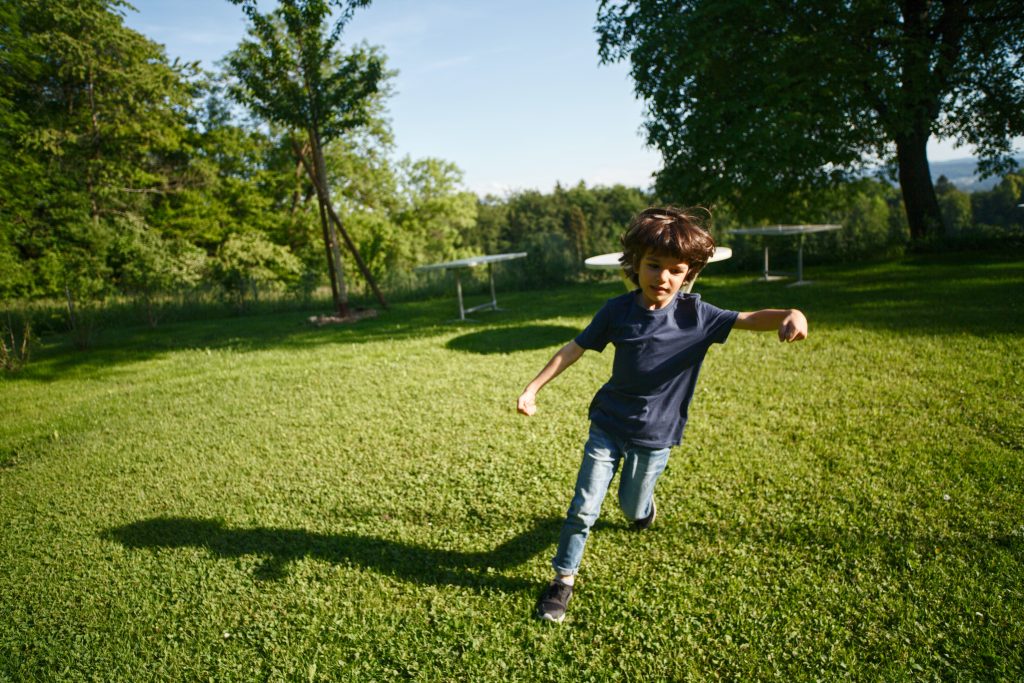
Everyone needs a safe place to play in nature, especially our kids. Photo: Pexels
When I first started writing this blog in 2013, one of the first topics I wrote about was the concept of biophilia, the study of the connection between human beings and nature. I’m sure people thought the idea was a little “out there.”
We have come a long way in thinking about how nature affects our well being in that time. I’m now giving thought to the social equity issues surrounding nature in these times.
July is National Park and Recreation Month, an initiative of the National Recreation and Park Association (NRPA). Park and recreation professionals promote a community’s health and well being through access to nature, green space, recreation, and fitness to create a lasting and positive impact on a community’s health and wellness.
Public parks also provide an important tool to help us achieve social equity and social justice. If Black Lives Matter to you, if access to good health and happiness matters to you, parks should matter to you.
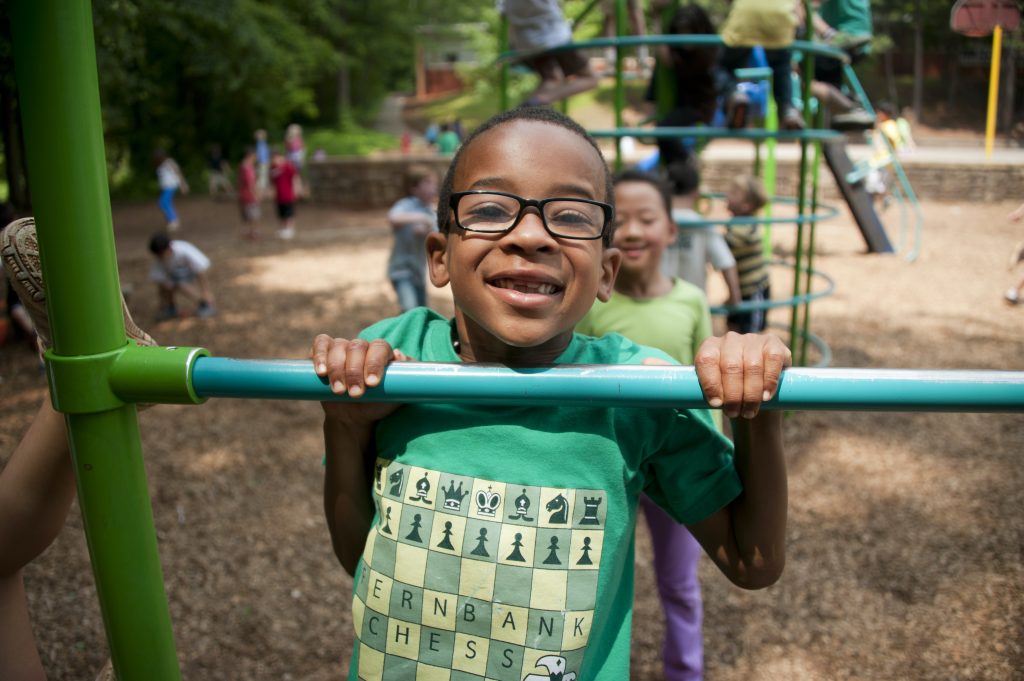
Parks are created on the ideal of being accessible to all people, no matter their income, ethnicity, or religious beliefs. Photo: Pexels
Public parks demonstrate what democracy is all about. They embrace the potential of our human rights: freedom of speech, freedom of association, freedom from fear. Parks are created on the ideal of being accessible to all people, no matter their income, ethnicity, or religious beliefs.
But as cities and neighborhoods develop, parks often show up more often in communities with the resources to make them happen: the space, the funding, and the public pressure. Disadvantaged communities without these things end up with less park space of lesser quality. An article in the Voice of San Diego called the topic back to my attention this week. The title says it all: If Your Local Park Sucks, This is Probably Why.
Yes, my own neighborhood park sucks. My home is in El Cerrito a College Area neighborhood in San Diego. There is ONE park that is a former elementary school playground and ONE other park that is actually fairly large. Neither are close, user friendly or well kept. I’m sure many families don’t consider them safe because I don’t. It doesn’t make me feel better to know this is happening in a lot of other neighborhoods too.
One out of every four San Diego residents (23 percent) lives farther than a 10-minute walk away from a local park or recreational facility.
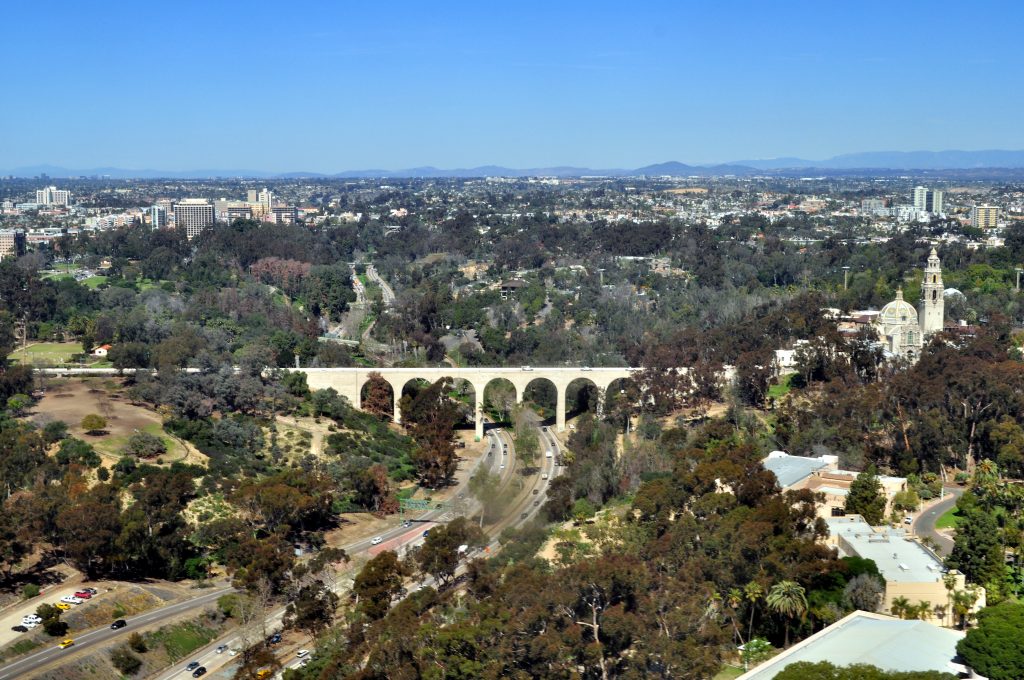
Balboa Park is a treasured resource, but it’s not accessible to everyone in their everyday lives. Photo: Wikimedia/Joe Mabel
There is a ratio and distance the City of San Diego planning department uses to determine the location of parks to dwellings. Balboa Park is often used for downtown – regardless of the distance.
The National Park and Recreation Association is putting its effort behind a strategic plan to create healthy, sustainable and equitable communities for ALL people. Social equity is the lens through which NRPA will evaluate its progress in health and conservation efforts.
Parks equity matters more than ever in the context of the overlapping challenges we face. As we navigate the Covid-19 pandemic, parks are more critical than ever for people to access the outdoors, to maintain mental health and to stay physically active.
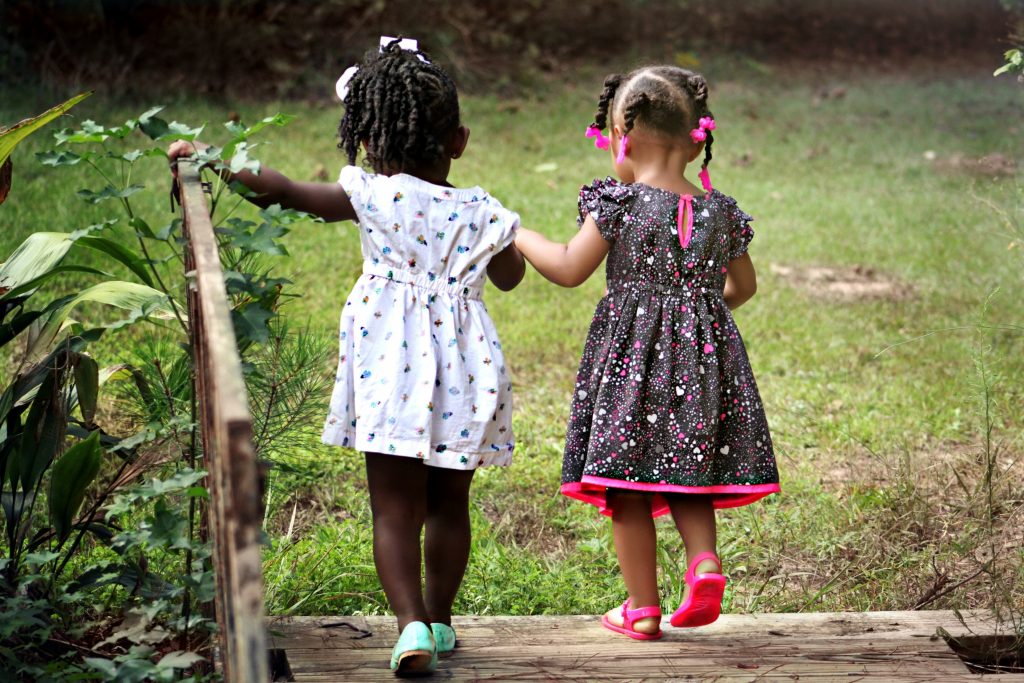
People of color face unequal access to parks and the natural world. It’s time to put more energy into our efforts to address these disparities.
It concerns me as a person whose entire working life has been about giving people more access to nature to accept this situation: people of color face unequal access to parks and the natural world. It’s time to put more energy into our efforts to address these disparities.
An in-depth analysis of 143 studies on the subject, published October 2018, found that health benefits of green spaces on humans include: improved heart rate and blood pressure, statistically significant reductions in cholesterol levels, improved sleep duration and neurological outcomes, as well as reductions in the prevalence of type II diabetes, cardiovascular mortality, and overall mortality. These conditions hit Black and Latino Americans harder than White Americans.
Increasing the accessibility of green environments in local areas by encouraging the development of parks and other green recreational spaces could help improve our health. It makes sense, doesn’t it? Our ancestors evolved in a natural environment. Deep down in our bones, we should feel more comfortable and more relaxed in our deep-seated “home” environment. It should lend to making us feel healthier, more focused, and more relaxed.
In the meantime, we can adopt these practices as individuals. Planting trees, supporting pocket parks, and encouraging our elected officials to support these initiatives will move us closer to making these changes a reality. Check out San Diego’s tiny “Tweet Street Park” for a successful pocket park. So close to Balboa Park, yet separated by Interstate 5. Take a quick video tour courtesy of the City of San Diego.
We’ll make it easy for you to take the first step. Send a link to this blog post to your San Diego City Council member and Mayor Kevin Faulconer, or any other local elected official with the power to increase park funding or change the way parks are funded. You’ll find the contact information right here.

